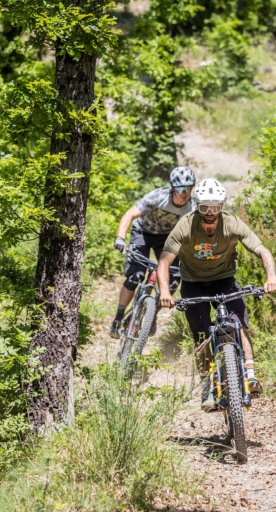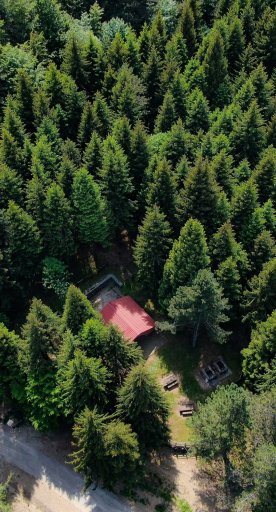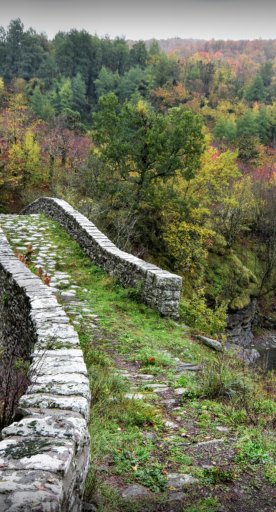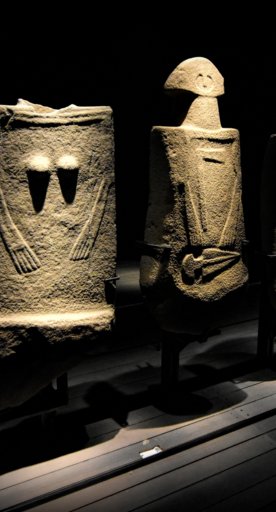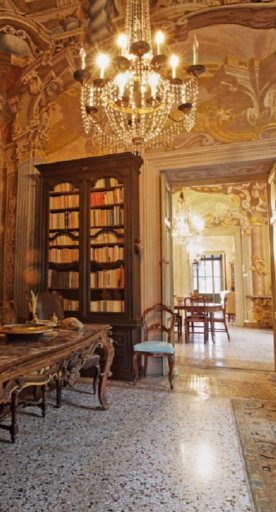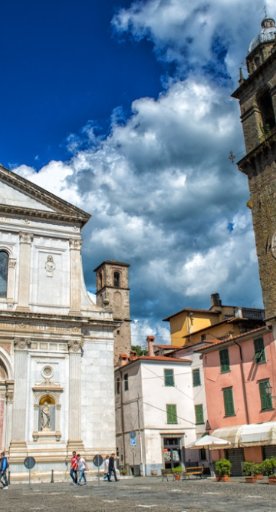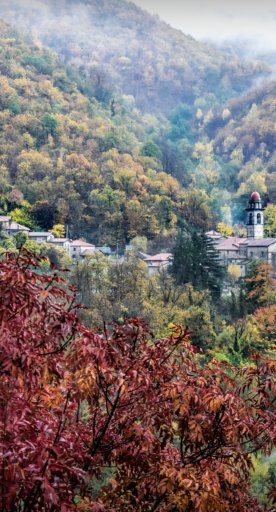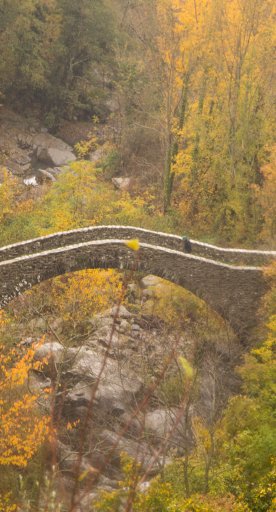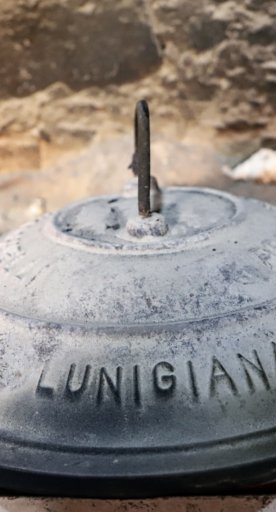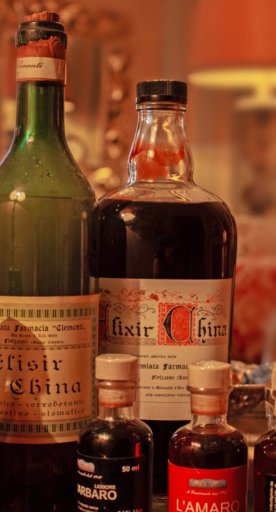It’s no coincidence that the Piagnaro Castle is home to the Museum of the Lunigiana Stele Statues, which holds the incredibly beautiful series of anthropomorphic sculptures that represent the most important evidence of Lunigiana’s history.
These works - mysterious, fascinating and immediately eye-catching thanks to the backdrop of the ancient walls of the Castle’s ancient walls – range from the Copper Age to the Romanization era. What exactly these fascinating relics mean is still being discussed, although the most common theory suggests that they represent male and female pagan gods, guardians of various aspects of human life.
The Cathedral is one of the main attractions in Pontremoli’s centre; designed in the 17th century by Alessandro Capra of Cremona, it has a Latin-Cross design crowned by a large dome. The interior is illuminated by a spectacular "Ligurian" lighting system and embellished with numerous polychrome marble altars.
Whilst strolling through the town, you’ll find your gaze drawn to the Campanone, the central tower of the Cazzaguerra fortress’ curtain wall, built in the 14th century and today the city’s main symbol. The curtain wall that once divided the large historic central square was built by Castruccio Castracani degli Antelminelli in order to keep separate the Guelphs and Ghibelline factions, thus leaving them confined to different parts of the city. In 1578 the tower was transformed into a bell tower.
The eighteenth-century Accademy of the Rose Theatre is another notable monument which was able to be built thanks to twenty-five noble Pontremolese families and is a typical example of Rococo theater, being the oldest in the Apuan area. Church and Convent of San Francesco is also worth a visit, and is today the parish of Santi Giovanni and Colombano. The basilica’s interior features stuccoes made in the 18th century by the Ticinese workshop of the Portugalli school and holds interesting works of art, including a bas-relief by Agostino di Duccio depicting the Madonna and Child, a wooden choir by Luchino da Parma, and the Ecstasy of San Francesco by Gianbettino Cignaroli.
Passing through the center, you’ll come across the Church of San Pietro, one of the oldest in Pontremoli and a reference point for pilgrims traveling along the Via Francigena. This is actually where Leg 23 passes from Pontremoli to Aulla.


